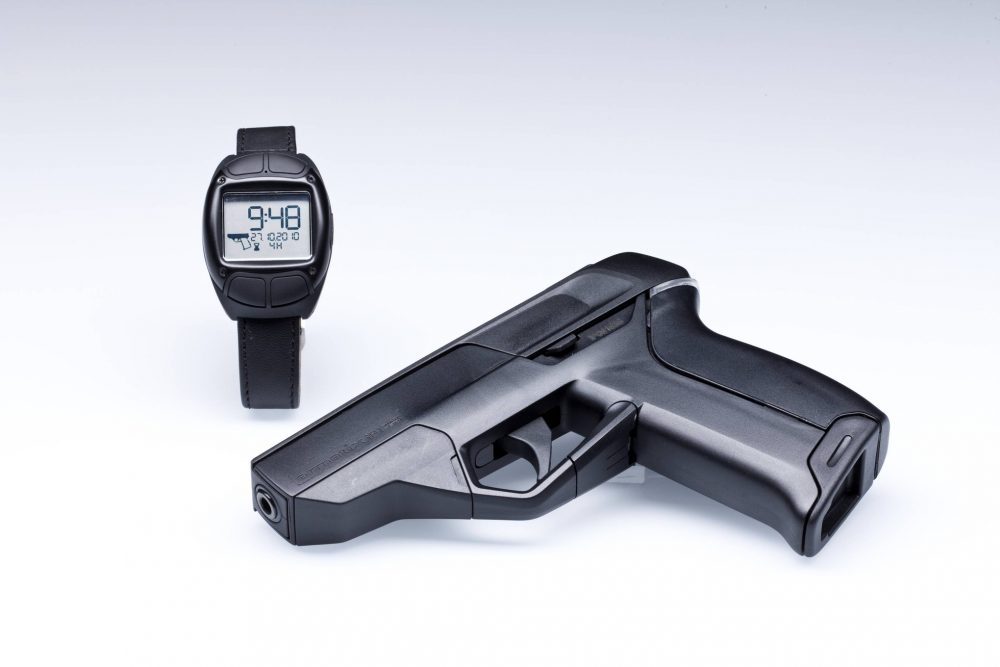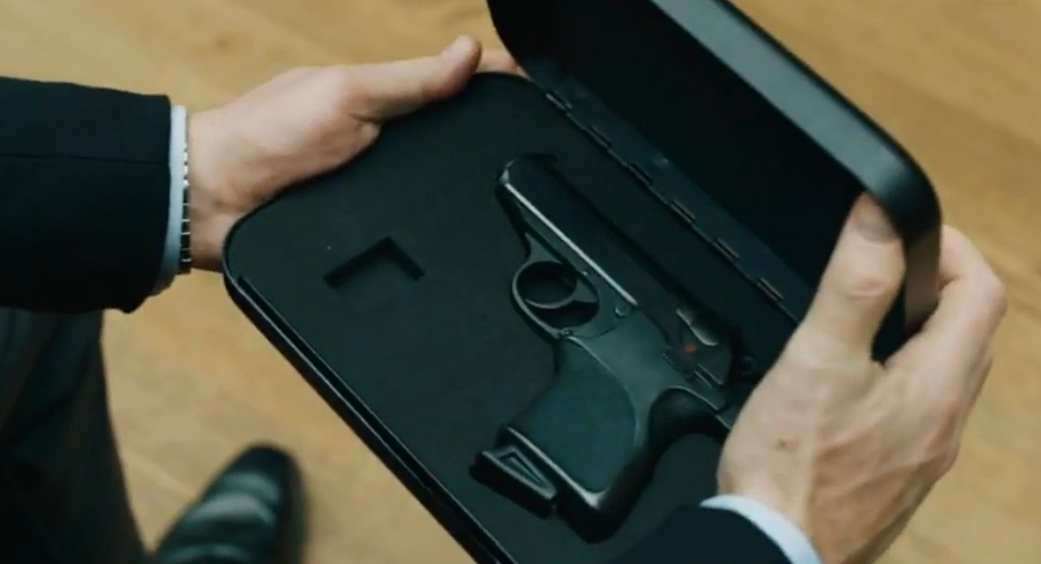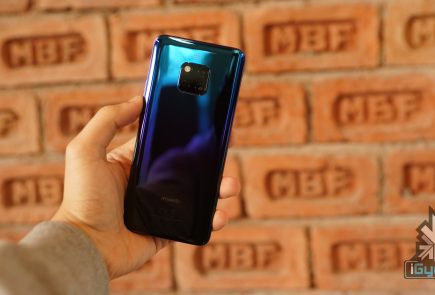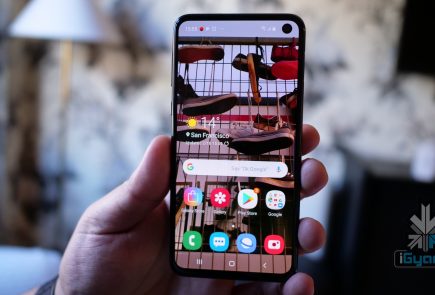Could Smart Gun Technology be the Cure to Gun Violence?

Gun violence in America is an issue that cannot be brushed under the rug. Last year, gun violence resulted in at least a 1,000 injuries and deaths, and about 400 deaths were caused due to mass shootings alone. An incident last April shocked the world to no end when a three year old boy shot a baby (Braylon Robinson) dead using a gun the boy found lying in the house in Cleveland, Ohio.
Such horrific stories have made politicians stand up and take notice, turning towards technology for help. President Barack Obama asked during his Jan. 5 gun control address from the White House that, “if we can set it up so you can’t unlock your phone unless you’ve got the right fingerprint, why can’t we do the same thing for our guns?” The proposition was reasonable indeed, and this is exactly what ‘smart gun technology’ is all about.

The United States President has called for three called for three federal agencies – the Department of Defence, the Justice Department, and the Department of Homeland Security – to speed up research in smart gun technology with the aim of preventing the “accidental discharge or unauthorised use of firearms.”
The technology has been around since the 90s. Digitally equipped firearms were designed to work for the authorized owner only. Smart guns typically employ fingerprint scanners, or a radio-frequency-identification device (RFID), such as a ring or bracelet that sends a signal to unlock the weapon. Like modern smartphones, smart guns are being developed that use biometrics to unlock.
https://www.youtube.com/watch?time_continue=20&v=6LTKSuHNEmk
One such device, the Identilock, created by Detroit-based engineer and National Rifle Association (NRA) member Omer Kiyani, takes the form of a black box that fastens on to the end of a handgun. The Identitylock works by preventing the trigger to move unless the device recognizes the user’s fingerprint when they place their fingertip against the scanner on the side of the device. Once the device recognizes the fingerprint, the Identitilock falls to the ground allowing the user to fire the gun.
Armatix is another company that has worked on a smart gun, iP1 that requires the user to wear a companion watch into which a pin number is entered. The gun will refuse to fire if it is taken more than 10-inches away from the watch.
https://www.youtube.com/watch?v=XHHT1PuM3K8
Smart guns aren’t likely to completely stop deliberate mass shootings, like the racially motivated shooting at a South Carolina church last year where nine people were killed. However, smart guns can avoid incidents like the above mentioned Braylon Robinson shooting.
Smart gun technology has also met with a lot of criticism. The opposition comes due to the unreliability of technology and the security concerns that such gins can be hacked. Moreover, the fact that fingerprint scanners take a couple of seconds before authorizing the user can be fatal in a situation where the user needs to act under duress. Nevertheless, the need for a solution is at hand and perhaps technology is the only way out. We’ll just have to wait and see how far this goes to curb gun violence in America and other countries with liberal gun laws.























